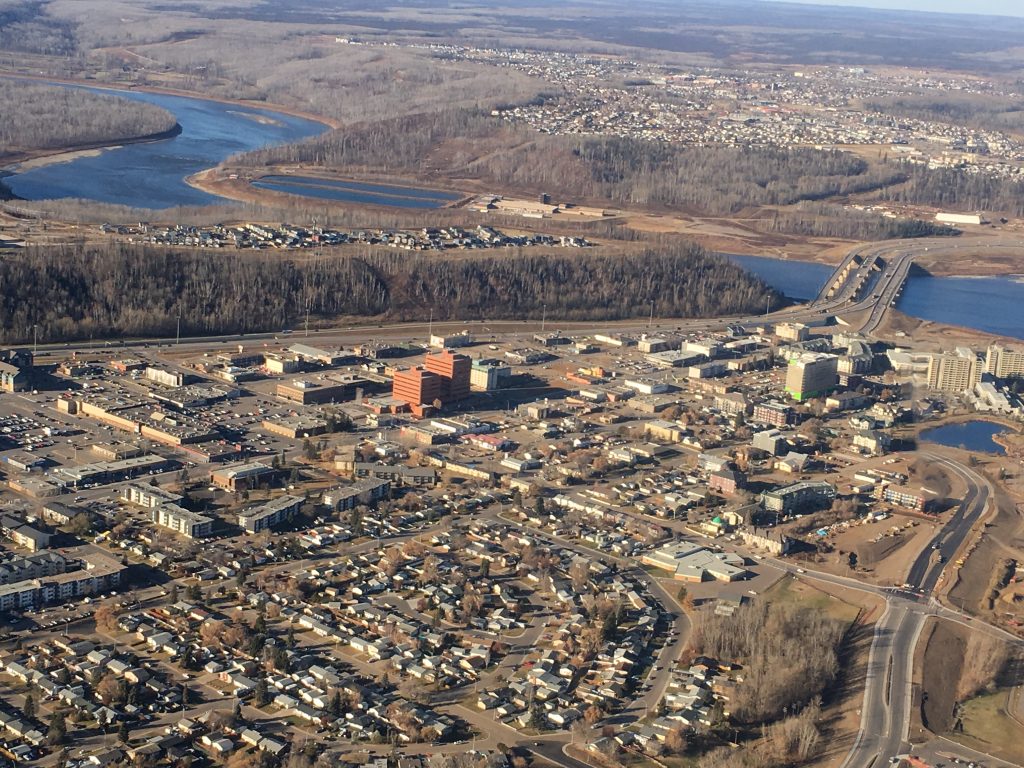Canada’s GDP Falls 0.2% Amid Declining Oil Sands Production
Canada’s economy contracted by 0.2 per cent in November, marking the largest monthly decline in over a year, according to new data from Statistics Canada. The downturn comes after months of steady growth through the summer and early fall. Stats Canada says the contraction is partly due to reduced production in the oil sands sector. After ramping up output in October, synthetic crude production and bitumen extraction fell by 3.4 per cent, contributing to a broader decline in the natural resources sector. Mining and quarrying also saw losses, while support activities for oil and gas extraction dropped 4.6 per cent.
The downturn extended to other key industries, with transportation and warehousing decreasing by 1.3 per cent, marking the largest contraction in nearly two years. Postal service disruptions and port lockouts in Montreal and Vancouver weighed heavily on the sector. Retail sales also fell by 0.4 per cent after four consecutive months of gains, with declines recorded in building materials, food and beverage stores, and automotive parts sales. Manufacturing output dropped by 0.3 per cent, driven by lower production at chemical plants, petroleum refineries, and auto assembly plants.
Despite the overall economic slowdown, some industries posted gains. The construction sector rose by 0.7 per cent, buoyed by residential building growth, with single-family housing projects increasing for the fourth straight month. The real estate industry also showed resilience, with activity at agents and brokers climbing 3.4 per cent as borrowing costs eased. These gains helped mitigate some of the broader economic downturn, though activity in the housing sector remains below peak levels observed in early 2022.
Labour market data for November showed payroll employment fell by 56,100, with job losses concentrated in postal services, retail, and administrative support. However, accommodation and food services, as well as health care and social assistance, experienced job growth. The unemployment rate edged down slightly in January to 6.6 per cent, though overall employment levels remain below pre-pandemic highs. Statistics Canada’s advance estimate suggests a modest economic recovery in December, with GDP expected to have risen by 0.2 per cent.











